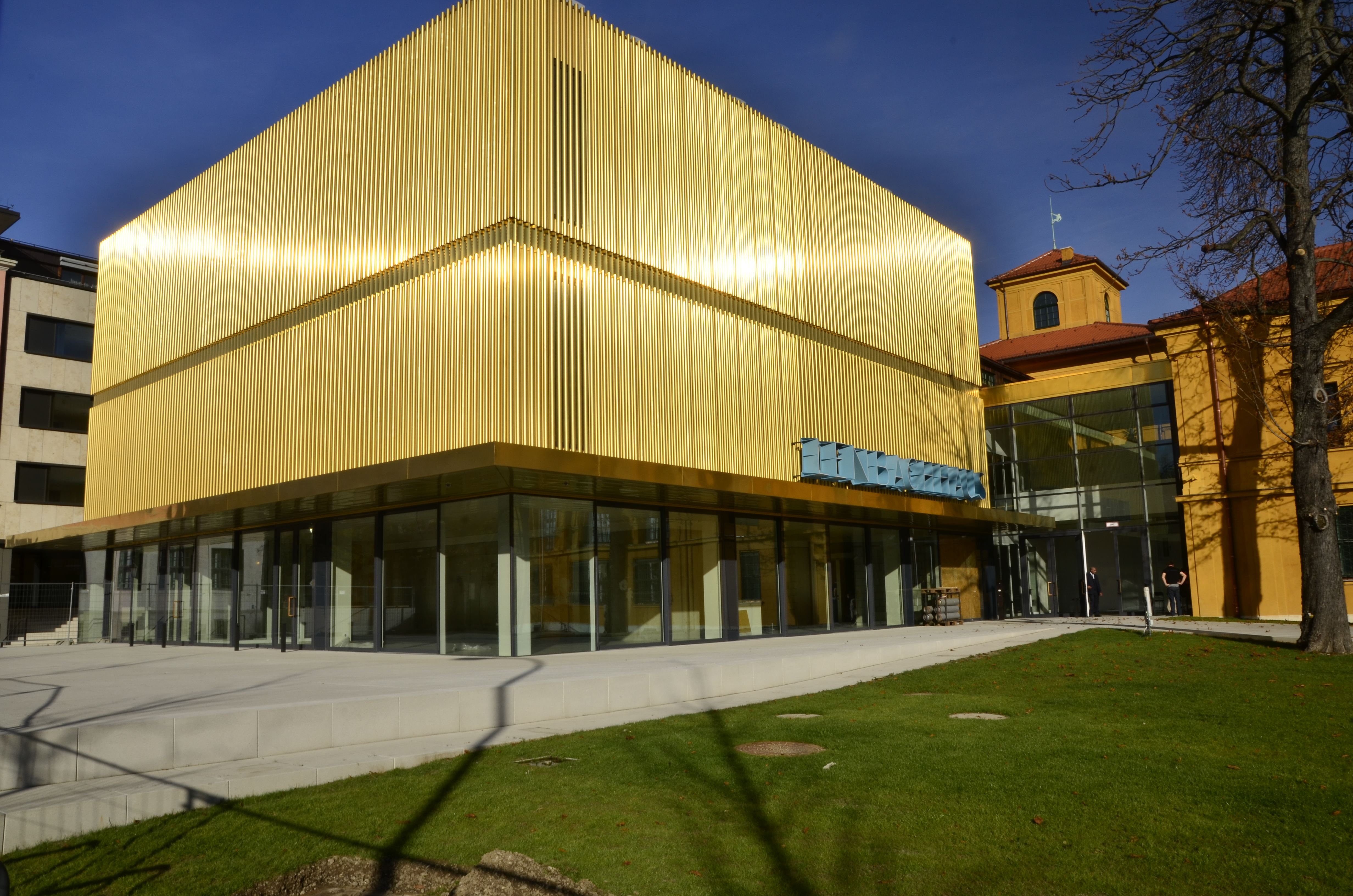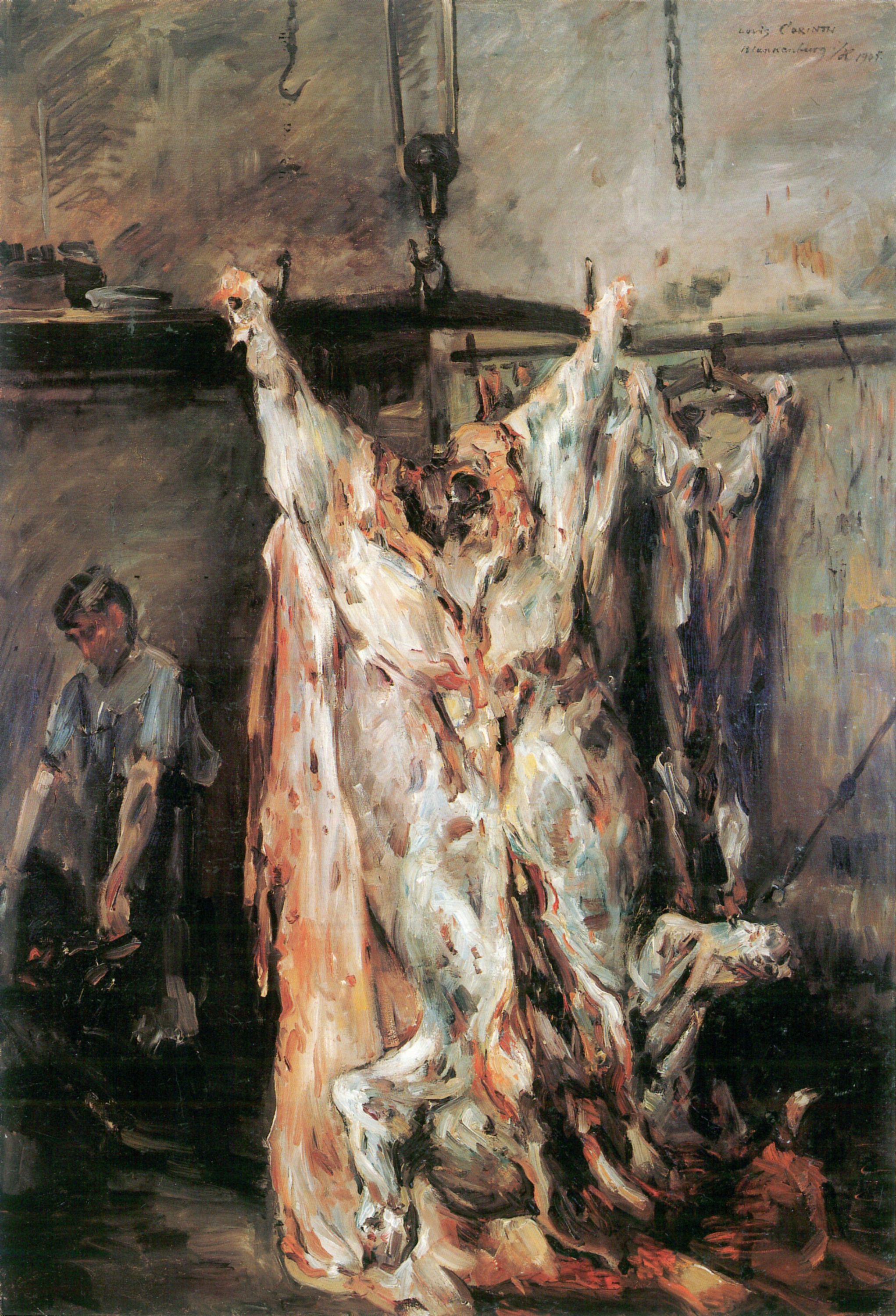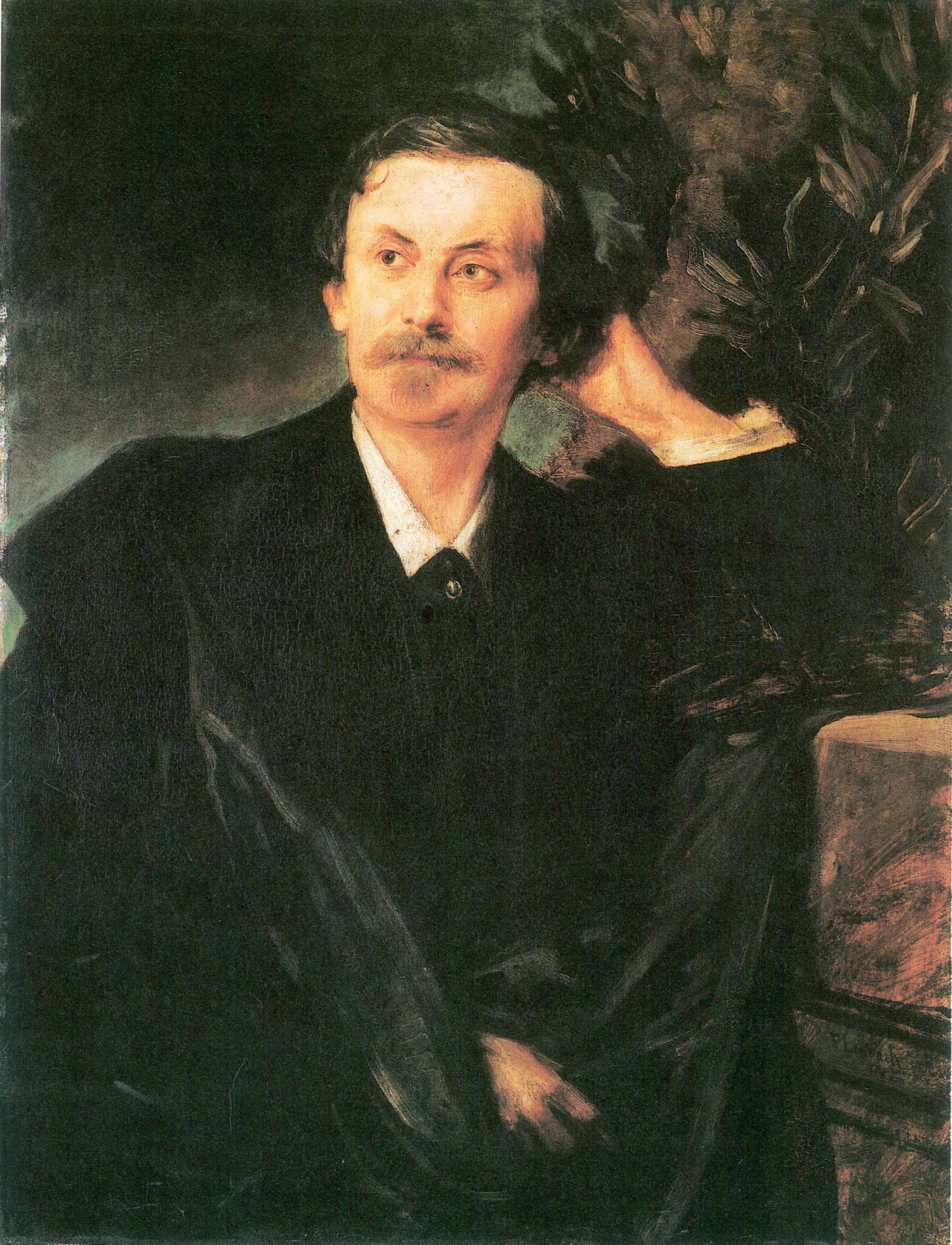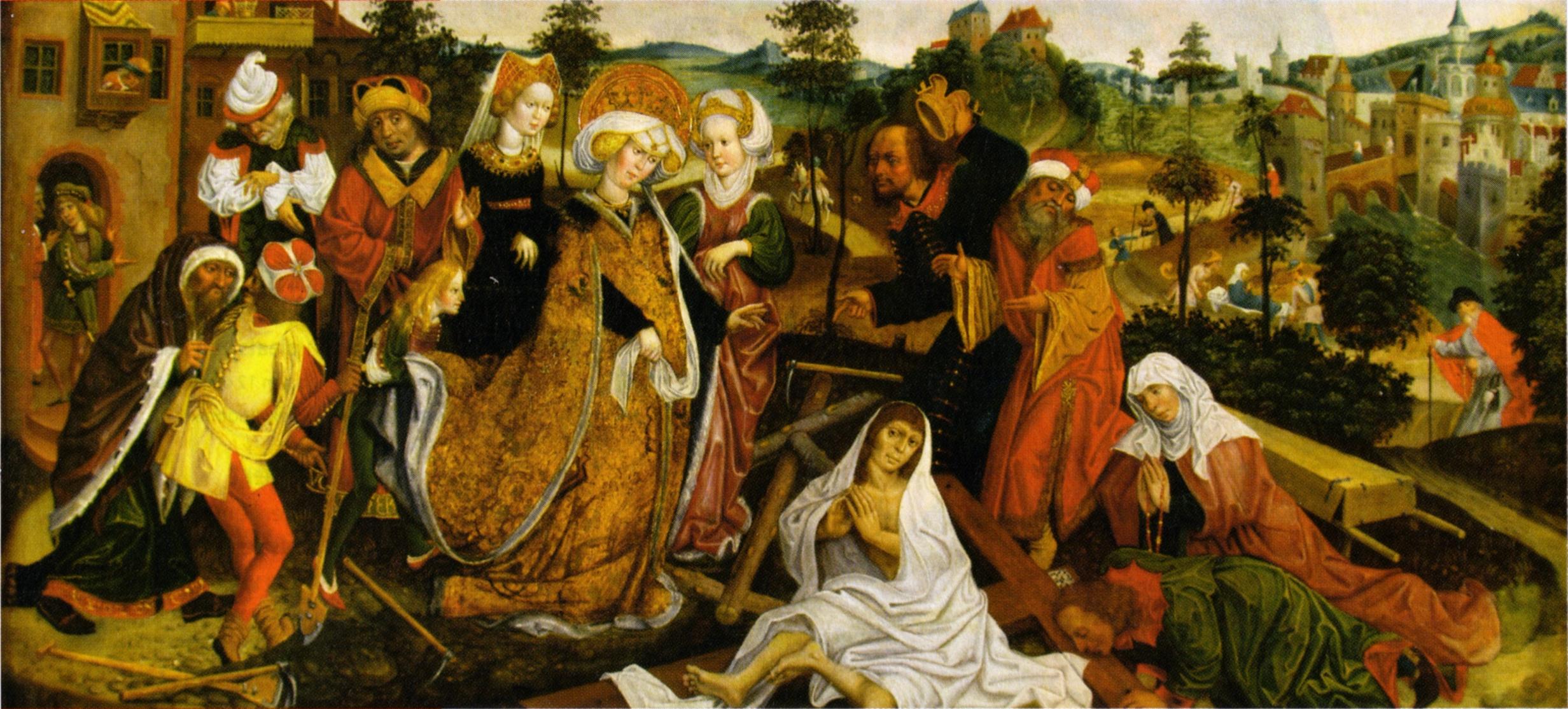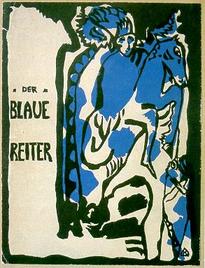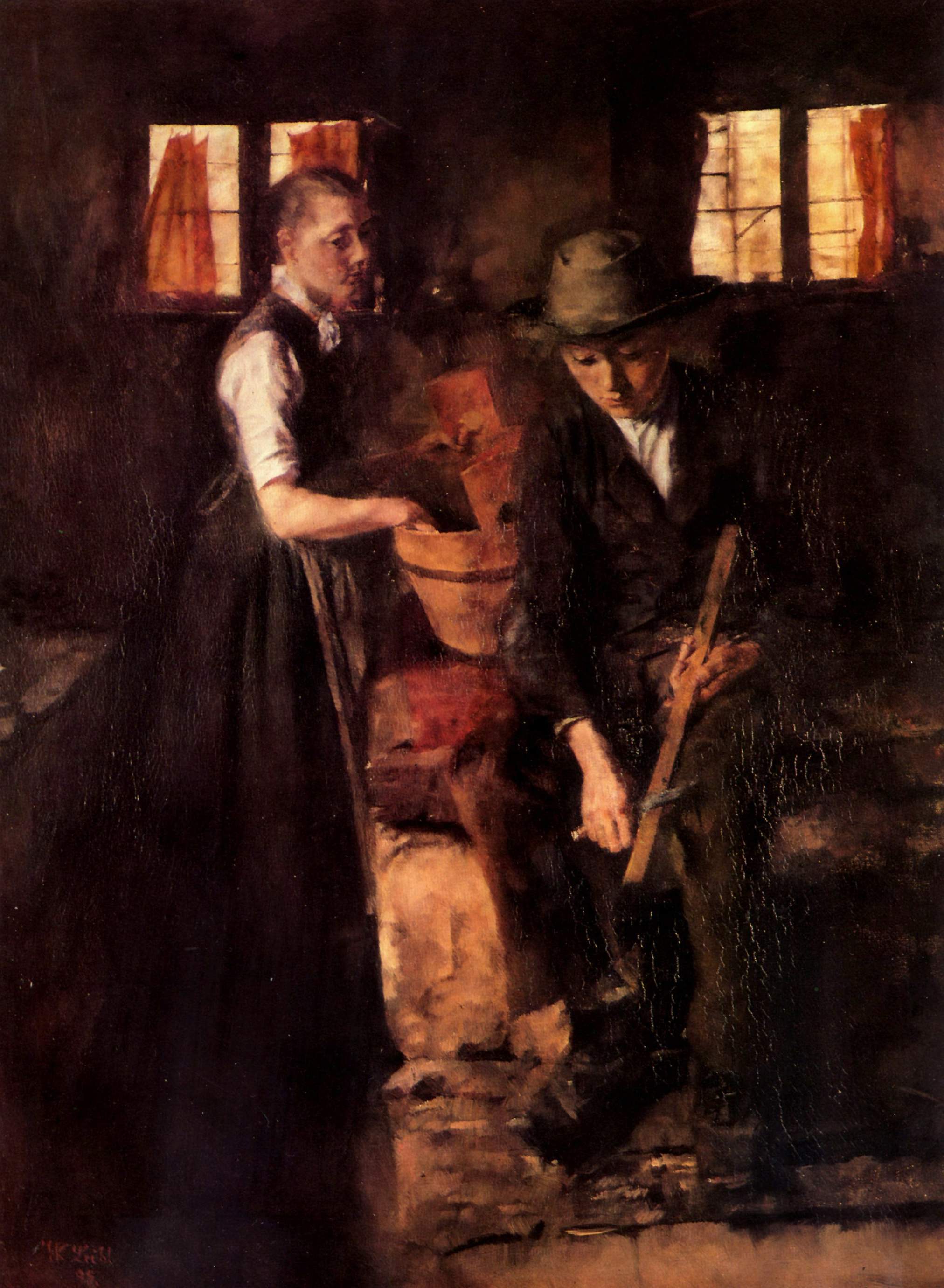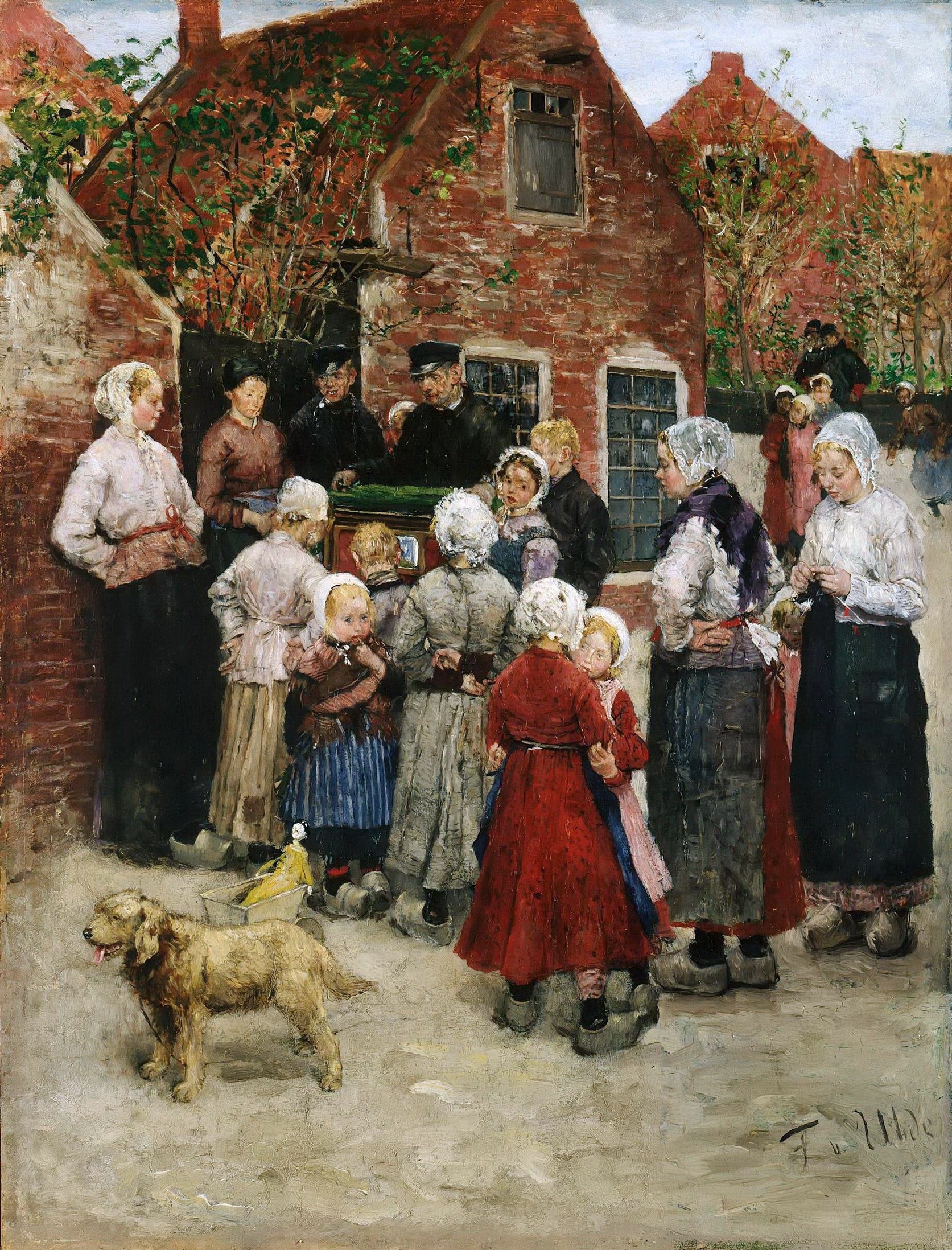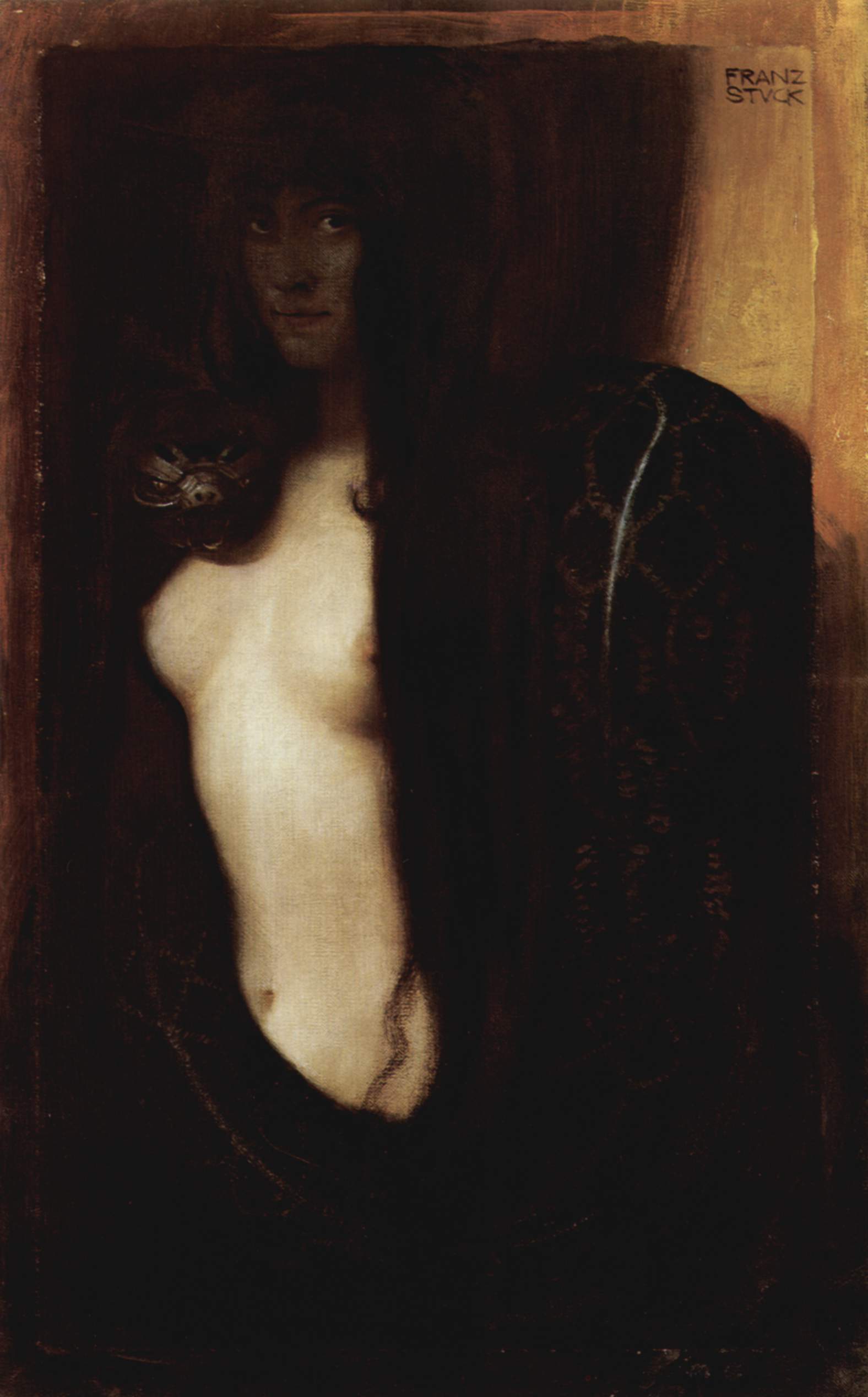|
Lenbachhaus
The Lenbachhaus () is a building housing an art museum in Munich's '' Kunstareal''. The building The Lenbachhaus was built as a Florentine-style villa for the painter Franz von Lenbach between 1887 and 1891 by Gabriel von Seidl and was expanded 1927–1929 by Hans Grässel and again 1969–1972 by Heinrich Volbehr and Rudolf Thönnessen. Some of the rooms have kept their original design. The city of Munich acquired the building in 1924 and opened a museum there in 1929. The latest wing was closed to the public in 2009 to allow the expansion and restoration of the Lenbachhaus by Norman Foster; the 1972 extension was demolished to make way for the new building. The museum reopened in May 2013. The architect placed the new main entrance on Museumsplatz in front of the Propylaea. The new facade, clad in metal tubes made of an alloy of copper and aluminum, will weather with time. The gallery The gallery contains a variety of works by Munich painters and contemporary artists, ... [...More Info...] [...Related Items...] OR: [Wikipedia] [Google] [Baidu] |
Kunstareal
The Kunstareal (, "art district") is a museum quarter in the city centre of Munich, Germany. Area of arts It consists of the three "Pinakotheken" galleries (Alte Pinakothek, Neue Pinakothek and Pinakothek der Moderne), the Glyptothek, the Staatliche Antikensammlungen (both museums are specialized in Greek and Roman art), the Lenbachhaus, the Museum Brandhorst (a private collection of modern art) and several galleries. Also the Staatliche Sammlung für Ägyptische Kunst (the state collection of Egypt art) was moved to the Kunstareal in 2013. The history of the museums in this area of Munich began in 1816 with the erection of the Glyptothek at Königsplatz and was completed with the new building for the Egyptian Museum (2012) and the extension of the Lenbachhaus (2013). Close to the Pinakothek der Moderne the neo-classical ''Palais Dürckheim'' (constructed in 1842–1844) served at times as a building dedicated to bringing art closer to the visitors, while the adjoining ... [...More Info...] [...Related Items...] OR: [Wikipedia] [Google] [Baidu] |
Lovis Corinth
Lovis Corinth (21 July 1858 – 17 July 1925) was a German artist and writer whose mature work as a painter and printmaker realized a synthesis of impressionism and expressionism. Corinth studied in Paris and Munich, joined the Berlin Secession group, later succeeding Max Liebermann as the group's president. His early work was naturalistic in approach. Corinth was initially antagonistic towards the expressionist movement, but after a stroke in 1911 his style loosened and took on many expressionistic qualities. His use of color became more vibrant, and he created portraits and landscapes of extraordinary vitality and power. Corinth's subject matter also included nudes and biblical scenes. Early life Corinth was born Franz Heinrich Louis on 21 July 1858 in Tapiau, in the Province of Prussia in the Kingdom of Prussia. The son of a tanner, he displayed a talent for drawing as a child. In 1876 he went to study painting in the academy of Königsberg. Initially intending to be ... [...More Info...] [...Related Items...] OR: [Wikipedia] [Google] [Baidu] |
Franz Von Lenbach
Franz Seraph Lenbach, after 1882, Ritter von Lenbach (13 December 1836 – 6 May 1904), was a German painter known primarily for his portraits of prominent personalities from the nobility, the arts, and industry. Because of his standing in society, he was often referred to as the "Malerfürst" (Painter Prince). Biography His father, who originally came from South Tyrol where the family name was spelled "Lempach", was a Master Mason for Schrobenhausen, where Lenbach was born. Lenbach completed his primary education at Landsberg in 1848, then attended a business school in Landshut. From 1851 to 1852, he was apprenticed to the sculptor Anselm Sickinger in Munich. At that time, his father died and he went home to help in the family business. He was only there a short time before beginning studies at the Augsburg University of Applied Sciences. While there, he drew and painted in his spare time, befriended Johann Baptist Hofner (1832–1913), the animal painter, and decided to beco ... [...More Info...] [...Related Items...] OR: [Wikipedia] [Google] [Baidu] |
Gabriel Von Seidl
Gabriel von Seidl (9 December 1848 – 27 April 1913) was a German architect and a representative of the historicist style of architecture. Life and work Gabriel Seidl was born in Munich, Bavaria in 1848. He was the first son of the wealthy baker Anton Seidl and his wife Therese, daughter of the well-known brewer Gabriel Sedlmayr. Seidl initially studied mechanical engineering at the Polytechnic School in Munich. He worked as a mechanical engineer in England, where he found that his real talent lay in the field of architecture. Consequently, he began studying at the Academy of Fine Arts in Munich. His studies were interrupted during 1870–1871 due to his volunteer participation in the Franco-Prussian War. After an extended period of study in Rome, he opened an interior decoration studio in 1878. Seidl was a member of the Bavarian Arts and Crafts Association founded in 1851 and quickly won the admiration of its members, including Lorenz Gedon, Rudolf von Seitz, and Fritz ... [...More Info...] [...Related Items...] OR: [Wikipedia] [Google] [Baidu] |
Munich
Munich ( ; german: München ; bar, Minga ) is the capital and most populous city of the States of Germany, German state of Bavaria. With a population of 1,558,395 inhabitants as of 31 July 2020, it is the List of cities in Germany by population, third-largest city in Germany, after Berlin and Hamburg, and thus the largest which does not constitute its own state, as well as the List of cities in the European Union by population within city limits, 11th-largest city in the European Union. The Munich Metropolitan Region, city's metropolitan region is home to 6 million people. Straddling the banks of the River Isar (a tributary of the Danube) north of the Northern Limestone Alps, Bavarian Alps, Munich is the seat of the Bavarian Regierungsbezirk, administrative region of Upper Bavaria, while being the population density, most densely populated municipality in Germany (4,500 people per km2). Munich is the second-largest city in the Bavarian dialects, Bavarian dialect area, ... [...More Info...] [...Related Items...] OR: [Wikipedia] [Google] [Baidu] |
Jan Polack
Jan Polack Johannes Po(l)lack (Hanns Polagk, Polegk), ( la, Ioannes Polonus) (between 1435 and 1450 – 1519) was a 15th-century painter. From his nickname it is assumed that he might have been born and/or worked in Kraków. From the mid-1470s on, he lived and worked in Munich, having previously been in Franconia. He may have taken part in the 1475 festival of the Landshut Wedding of Jadwiga Jagiellon and George of Bavaria. In 1480, he opened his own shop in Munich, where he remained until his death. Starting in 1482, he is listed on the tax records of Munich, also as leader of the local painter guild. He visited with Michael Wohlgemuth and his art was influenced by him and by that of Veit Stoss and Hans Pleydenwurff as well as by collaboration with the woodcutter Erasmus Grasser. Documents mention many works of his which are now lost. His most important remaining work is the Weihenstephan altarpiece (1483–1485), now at the Alte Pinakothek The Alte Pinakothek (, ''Old Pi ... [...More Info...] [...Related Items...] OR: [Wikipedia] [Google] [Baidu] |
Der Blaue Reiter
''Der Blaue Reiter'' (The Blue Rider) is a designation by Wassily Kandinsky and Franz Marc for their exhibition and publication activities, in which both artists acted as sole editors in the almanac of the same name, first published in mid-May 1912. The editorial team organized two exhibitions in Munich in 1911 and 1912 to demonstrate their art-theoretical ideas based on the works of art exhibited. Travelling exhibitions in German and other European cities followed. The Blue Rider disbanded at the start of World War I in 1914. The artists associated with ''Der Blaue Reiter'' were important pioneers of modern art of the 20th century; they formed a loose network of relationships, but not an art group in the narrower sense like ''Die Brücke'' (The Bridge) in Dresden. The work of the affiliated artists is assigned to German Expressionism. History The forerunner of The Blue Rider was the Neue Künstlervereinigung München (N.K.V.M; New Artists' Association Munich), instigated ... [...More Info...] [...Related Items...] OR: [Wikipedia] [Google] [Baidu] |
Munich School
Munich School ( el, Σχολή του Μονάχου) is the name given to a group of painters who worked in Munich or were trained at the Royal Academy of Fine Arts of Munich (german: Münchner Akademie der Bildenden Künste) between 1850 and 1918. In the second half of the 19th century the Academy became one of the most important institutions in Europe for training artists and attracted students from across Europe and the United States. History and representative artists Munich was an important center of painting and visual art in the period between 1850 and 1914. The mid-century movement away from the Romanticism and emphasis on fresco painting of the earlier Munich school was led by Karl von Piloty, who was a professor at the Munich Academy from 1856 and became its director in 1874.Norman 1978, p. 167. Piloty's approach to history painting was influenced by the French academician Paul Delaroche, and by the painterly colorism of Rubens and the Venetians. Besides Piloty, oth ... [...More Info...] [...Related Items...] OR: [Wikipedia] [Google] [Baidu] |
Fritz Von Uhde
Fritz von Uhde (born Friedrich Hermann Carl Uhde; 22 May 1848 – 25 February 1911) was a German painter of genre and religious subjects. His style lay in-between Realism and Impressionism, he was once known as "Germany's outstanding impressionist" and he became one of the first painters to introduce ''plein-air'' painting in his country. Biography Uhde was born in Wolkenburg, Saxony. His family, moderately wealthy civil servants, had artistic interests. His father was actually a part-time painter and his maternal grandfather was director of the Royal Museums in Dresden. Uhde found art appealing while studying at the Gymnasium at this city, and in 1866 he was admitted to the Academy of Fine Arts in Dresden. Totally at variance with the spirit prevailing there, later that year he left his studies to join the army. He became horsemanship instructor to the regiment of the assembled guard, and was promoted to Lieutenant in 1868. After meeting the painter Makart in Vienna in 187 ... [...More Info...] [...Related Items...] OR: [Wikipedia] [Google] [Baidu] |
Franz Von Stuck
Franz von Stuck (February 23, 1863 – August 30, 1928), born Franz Stuck, was a German painter, sculptor, printmaker, and architect. Stuck was best known for his paintings of ancient mythology, receiving substantial critical acclaim with '' The Sin'' in 1892. In 1906, Stuck was awarded the Order of Merit of the Bavarian Crown and was henceforth known as Franz Ritter von Stuck. Life and career Born at Tettenweis near Passau, Stuck displayed an affinity for drawing and caricature from an early age. To begin his artistic education he relocated in 1878 to Munich, where he would settle for life. From 1881 to 1885 Stuck attended the Munich Academy. He first became well known by cartoons for ''Fliegende Blätter'', and vignette designs for programmes and book decoration. In 1889 he exhibited his first paintings at the Munich Glass Palace, winning a gold medal for '' The Guardian of Paradise''. In 1892 Stuck co-founded the Munich Secession, and also executed his first sculpture, '' ... [...More Info...] [...Related Items...] OR: [Wikipedia] [Google] [Baidu] |
Düsseldorf School Of Painting
The Düsseldorf school of painting is a term referring to a group of painters who taught or studied at the Düsseldorf Academy (now the Staatliche Kunstakademie Düsseldorf or Düsseldorf State Art Academy) during the 1830s and 1840s, when the Academy was directed by the painter Wilhelm von Schadow. About The work of the Düsseldorf School is characterized by finely detailed yet fanciful landscapes, often with religious or allegorical stories set in the landscapes. Major members of the Düsseldorf School advocated "plein air painting", and tended to use a palette with relatively subdued and even colors. The Düsseldorf School derived from and was a part of the German Romantic movement. Prominent members of the Düsselorf School included von Schadow, Karl Friedrich Lessing, Johann Wilhelm Schirmer, Andreas Achenbach, Hans Fredrik Gude, Adolph Tidemand, Oswald Achenbach, and Adolf Schrödter. The Düsseldorf School had a significant influence on the Hudson River School in t ... [...More Info...] [...Related Items...] OR: [Wikipedia] [Google] [Baidu] |
Max Slevogt
Max Slevogt (8 October 1868 – 20 September 1932) was a German Impressionist painter and illustrator, best known for his landscapes. He was, together with Lovis Corinth and Max Liebermann, one of the foremost representatives in Germany of the plein air style. Biography 250px, Slevogthof Neukastel He was born in Landshut, Germany, in 1868. From 1885 to 1889 he studied at the Munich Academy, and his early paintings are dark in tone, exemplifying the prevailing style in Munich. In 1889 Slevogt visited Paris, where he attended the Académie Julian. In 1896, he drew caricatures for the magazines ''Simplicissimus'' and ''Jugend'', and the next year he had his first solo exhibition in Vienna. Toward the end of the 1890s his palette brightened. He travelled again to Paris in 1900, where he was represented in the German pavilion of the world exhibition with the work ''Scheherezade'', and was greatly impressed by the paintings of Édouard Manet. In 1901 he joined the Berlin Seces ... [...More Info...] [...Related Items...] OR: [Wikipedia] [Google] [Baidu] |
